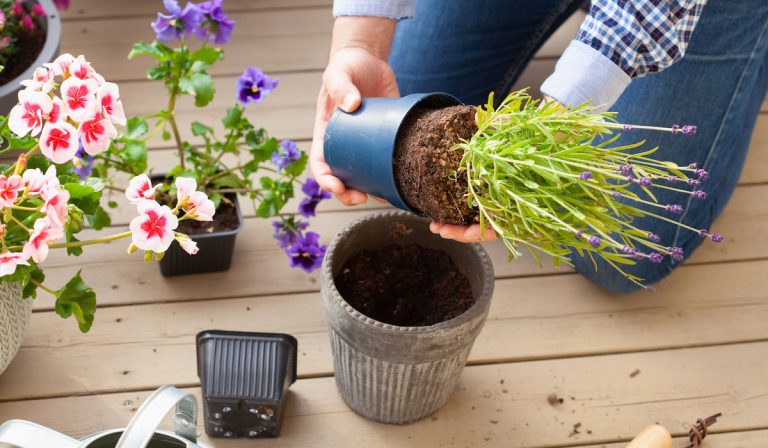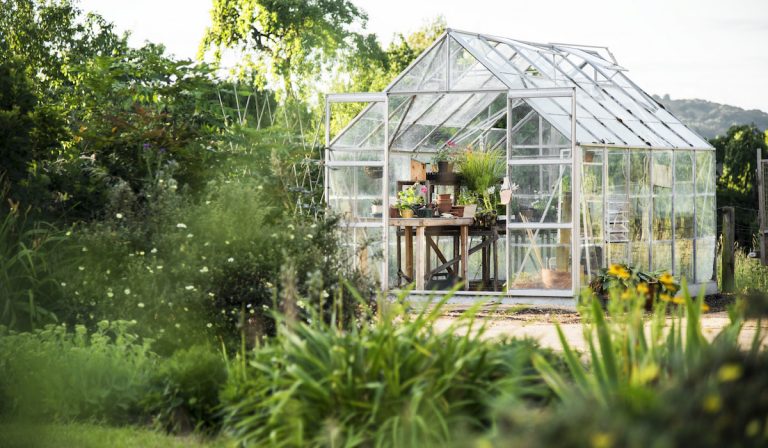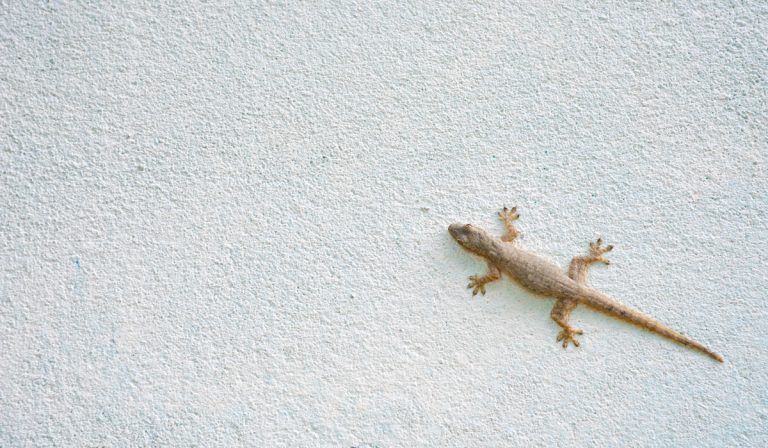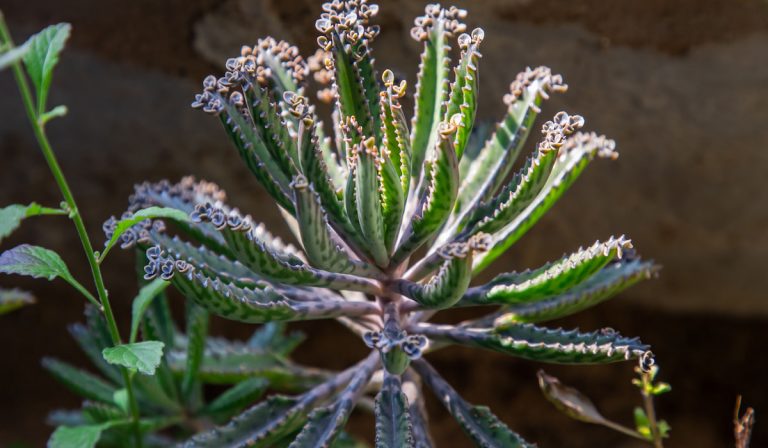Will Bamboo Grow in the Desert?
Growing bamboos is easy and fun until you stumble into some challenges.
For example, bamboos are water-loving grasses.
What if you live in a hot and dry region (like the desert)? Can you grow still grow bamboo?
Will bamboo grow in the desert?
As grasses, bamboos are hardy and can grow in a wide range of environments.
Even though bamboos can grow in the desert, they need a lot of water, so you need to water them regularly.
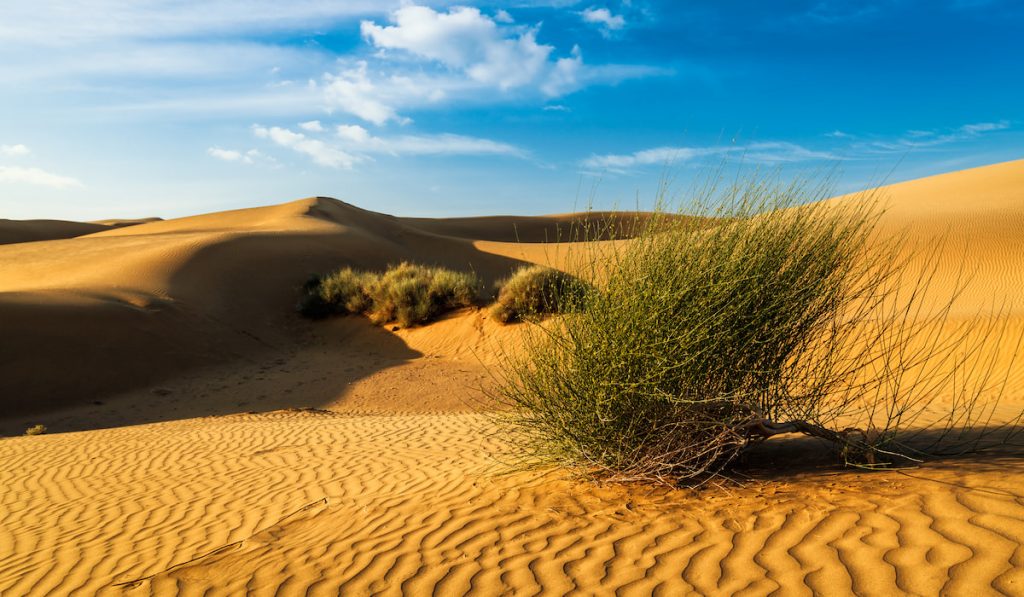
In what ways can you care for your desert bamboo? What kind of bamboo is best for you?
Table of Contents
Growing Bamboo in the Desert
Bamboos, though found everywhere, usually prefer forests and other green lands.
It is not so common to find bamboos in the desert, so a desert bamboo must have been planted by someone.
If you live in the desert and you want to grow bamboo, you need the basic care tips of bamboos.
You also need to know suitable bamboo species.
Note: A desert is a region where there is very little or no rainfall. The lack of rainfall can make deserts uninhabitable to most organisms. The types of desert are hot and cold deserts (amongst other types). In this article, we will focus on hot deserts.
Best Bamboo Species to Grow in the Desert
You need to grow species that can easily cope in the desert.
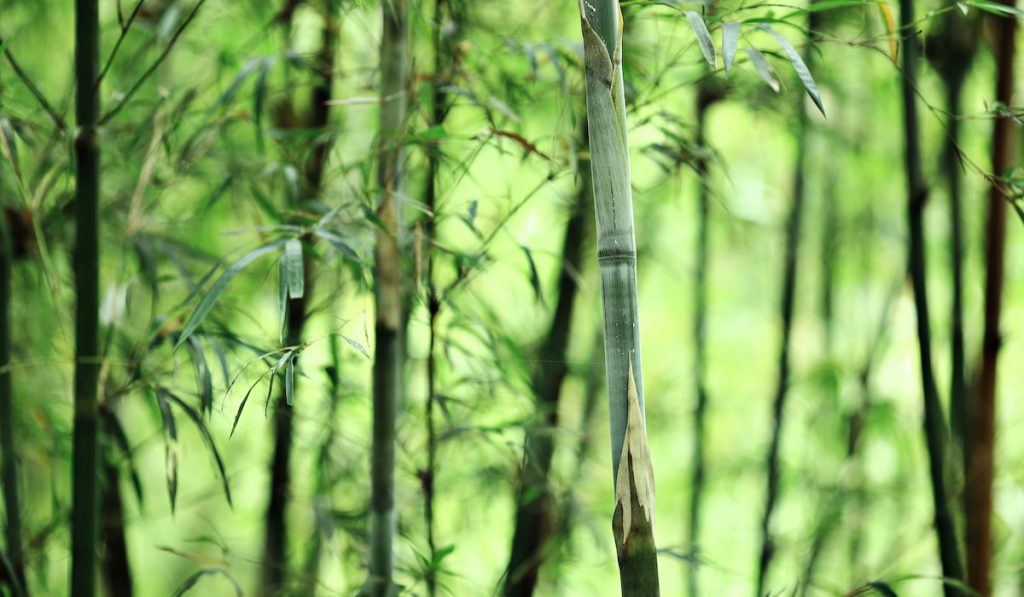
Even though most bamboo species are warm-loving plants and can stand the heat of the desert, there is always the problem of water.
Bamboos are shallow-rooted plants, so they need to grow in places where the soil is moist (but not damp).
Some of the best bamboo species that you can grow in the desert are:
| S/N | Common Name | Botanical Name | Type | Description |
| Arrow Bamboo | Pseudosasa japonica | Clumping | This bamboo species is native to Japan and Korea. It has shiny leaves. | |
| Black Bamboo | Phyllostachys nigra | Running | It is a fast-growing bamboo that is cultivated worldwide but is Native to China. | |
| Narihira cane | Semiarundinaria fastuosa | Running | This evergreen bamboo (native to Japan) become a forest in no time. | |
| Hedge Bamboo | Bambusa multiplex | Clumping | This bamboo species is native to so many Asian countries. It is cultivated in so many parts of the world. | |
| Fishpole Bamboo | Phyllostachys aurea | Running | This highly invasive bamboo is native to China. It is a hardy species. | |
| Giant Timber Bamboo | Bambusa oldhamii | Clumping | This bamboo species is the most common species in the United States. It can also be found in other parts of the world. | |
| Mexican Weeping Bamboo | Otatea acuminata | Clumping | The stem of this bamboo falls towards the ground because of the weight of the leaves. It is native to Mexico. |
(Source)
If your species of choice is not listed in the table above, you should do some extra research to find out if it can thrive in the desert or not.
Now that you know a few bamboo species that can grow in the desert, let us move on to how you can grow bamboos in the desert.

How to Grow Bamboos in the Desert
The first step is to identify the species that you want to grow.
It is also important to know what type of bamboo you want to grow between running and clumping.
You can always get your young bamboos from nurseries. You can also get young bamboos from people who grow bamboos (who have enough to spare).
Some items that you need to grow your bamboo are:
- Young Bamboo
- Mulch (to protect soil moisture)
- Trowel (to dig and transplant the bamboo)
- Slow-release fertilizer (source of nutrients for your bamboo)
Have you gathered everything that you need?
Here are the steps involved to grow bamboos in the desert:
- Location: You will need to look for a location with 6 or more hours of direct sunlight. If it gets too hot, look for partial shade.
- Digging a Hole: Dig a hole in the ground. The hole should be twice as wide as your bamboo’s nursery bag, but just the same height.
- Transplanting: Transplant the young bamboo into the hole. Cover the entire hole with sand.
- Watering: Water the bamboo.
- Mulching: Mulch the region surrounding the base of your bamboo. If you planted a spreading bamboo, mulch an even wider region.
- Fertilizing: Apply slow-release fertilizer around the base of your bamboo. Do not use liquid fertilizers because sand drains liquids easily and bamboos are shallow-rooted plants.
Pretty simple so far, right? Now it is time to learn how to care for your desert bamboo.
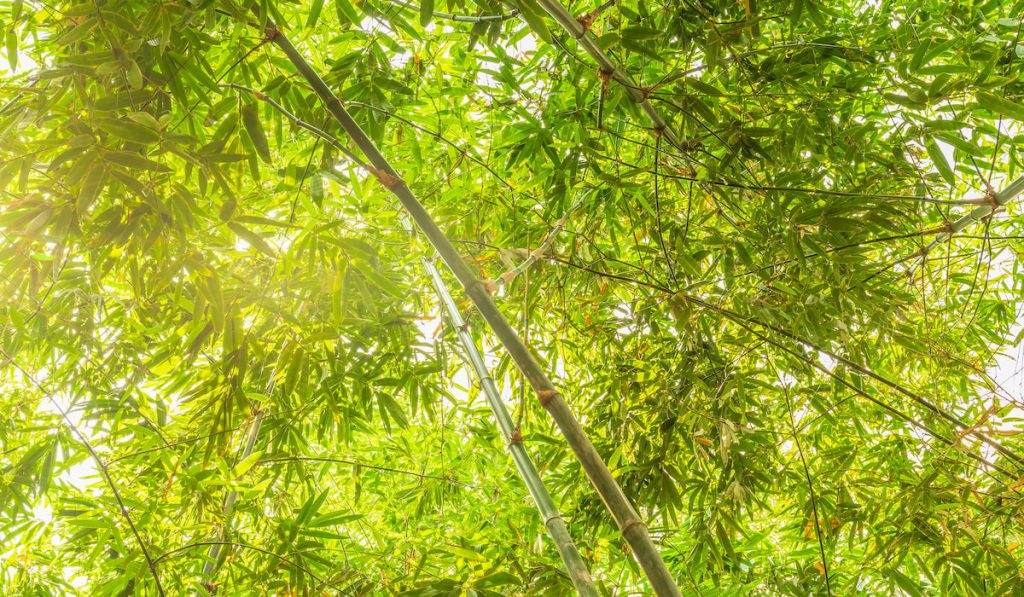
Desert Bamboo Care Requirements
You really need time and attention to care for your desert bamboos. Use the care tips below:
- Water: Bamboo roots are shallow and desert soil easily gets dry, so you need to water them often. You can water your bamboo twice or thrice daily (according to how quickly the soil gets dry). Bamboos love water, so I cannot overstress how much you should water your desert bamboos.
- Mulch: Mulching is important. When the sun heats desert soil, every water in the soil evaporates. With mulching, you can prevent most of that water from evaporating. Mulching acts as a shield and protects soil moisture from the sun. You can mulch with dead leaves, wood shavings, tree bark, etc.
- Fertilizer: Bamboos need nutrients just like other plants. You should use a slow-release fertilizer, rotted manure, compost, or other products that do not leach nutrients. Desert soil is very porous and drains liquid easily. Also, the bamboo root is short, so if you use a fertilizer that releases nutrients immediately, your bamboo may not get as nutrients as it needs.
- Thinning: Thinning or pruning bamboo means removing excess bamboo. Thinning is important especially for running bamboos because it prevents your bamboos from becoming invasive. You should prune your bamboos in the late summer or early fall. Do not prune your bamboos in the shooting season because they may lack the energy to produce new shoots later on.
- Remove Debris and Excess Dead Leaves: Dead leaves can serve as mulch, so they are needed, but too much of them around can be an eyesore. If you are growing clumping bamboos, some trash can easily get trapped in the middle. You should occasionally search for and remove trash from your bamboos. You should also remove excess dead leaves.
Questions and Answers Related to Growing Bamboo in the Desert
1. Is your newly-transplanted bamboo dead?
Newly-transplanted bamboo can become shocked after transplanting.
When they are shocked, they may stop growing and even shed leaves.
Don’t worry. So long as you did not damage the roots during transplanting, your bamboo will grow after a few days.
Remember to continue watering.
2. Is running or clumping bamboo best for you?
This depends on what you want.
Running bamboos are bamboo species that produce shoots a few distances away from the mother plant.
In no time, runners will colonize an area (and might become invasive by killing the native plants there).
Clumping bamboos, however, are bamboo species that produce shoots very close to the mother plant and all the plants grow close to each other.
If you just want your bamboo plants to grow in your preferred location, you should grow clumping species.
If you do not mind if your bamboos spread to other places, you can grow running bamboos.
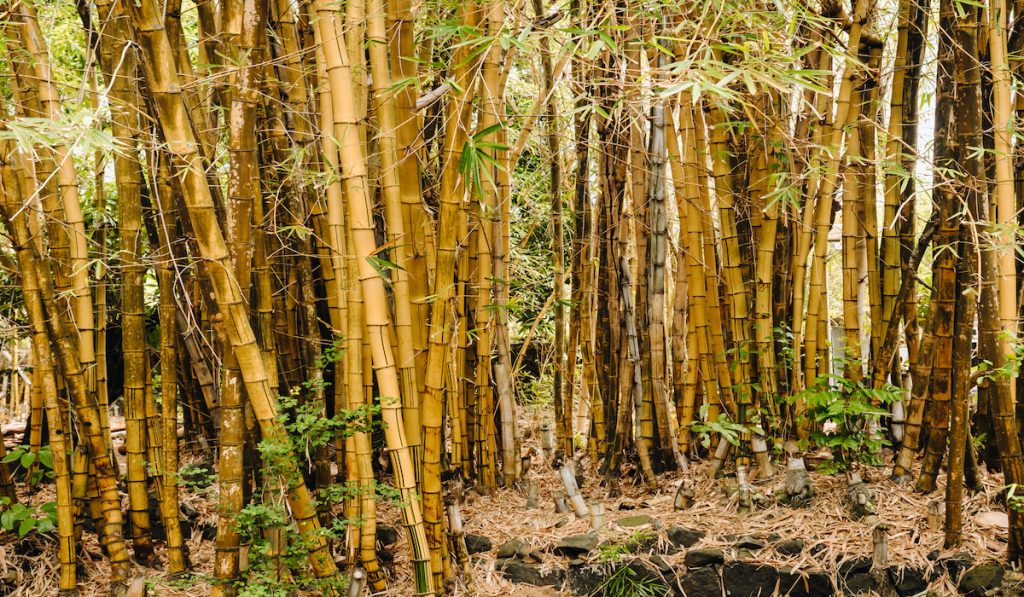
3. Can you control running bamboo?
The best way to control running bamboos is by thinning in late summer or early fall.
You should remove the shoots that are growing where you do not want them to be.
You can always plant them somewhere else (after nursing them).
4. What bamboo species will grow in cold regions? (cold hardy bamboos)
Here are some cold-hardy bamboos that you can grow in cold regions (for example cold desert):
- Phyllostachys nuda (Running)
- Fargesia murielae (Clumping)
- Phyllostachys aureosulcata (Running)
- Fargesia dracocephala (Clumping)
- Phyllostachys stimulosa (Running)
If you have another species in mind, you can always ask an expert or do some more online research.
5. Should you grow bamboo from seeds?
Even though you can grow many bamboo species from seed, you may not want to go to the trouble.
It is easier and quicker to get a bamboo stalk and transplant than starting from seed.
Final Thoughts
Bamboos can grow in the desert, but you need to provide them with a lot of water.
Even though you should give them water, make sure that the soil is moist and not wet.
Bamboos need at least 6 hours of sunlight daily, but if the desert condition is too hot, they will appreciate a partially shaded location.


